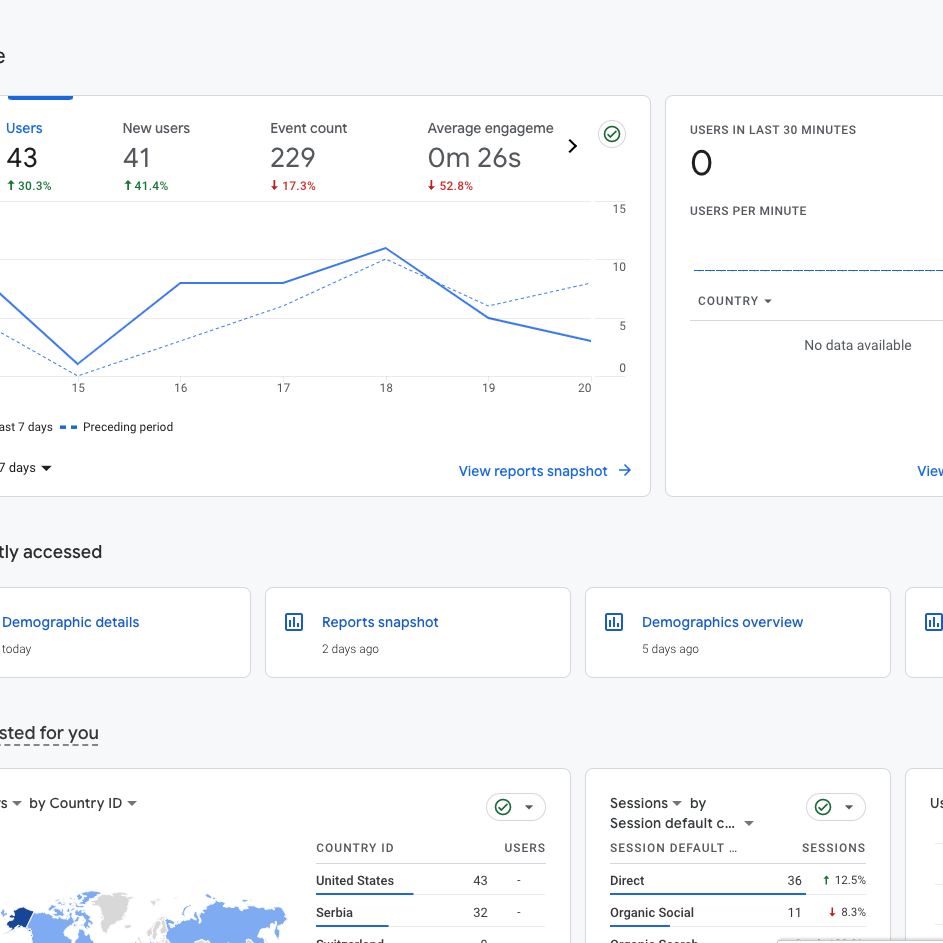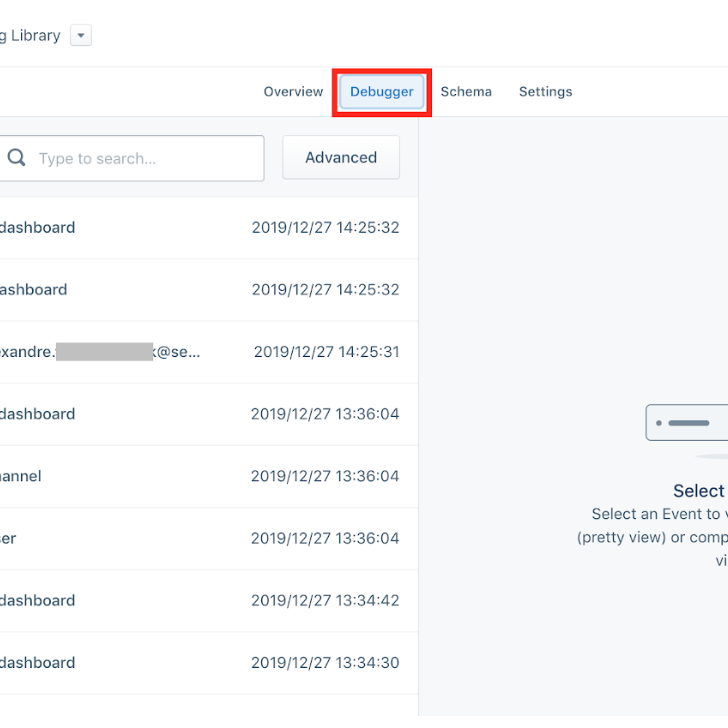Web Tracking on Client and Server Side
The integration of web tracking and alerting is essential for effective website management. Web tracking continuously gathers data, providing valuable insights into website performance and user behavior. By combining this data with automated web alerting, website administrators can proactively detect anomalies, monitor key performance metrics, and respond promptly to critical situations, ensuring the smooth functioning of the website and optimal user experience.
About Web Tracking
Web tracking refers to the process of monitoring and collecting data related to user interactions on a website. It involves the use of various analytics tools and technologies to gather valuable information about user behavior, engagement, and preferences. The primary objective of web tracking is to gain insights into how users navigate through a website, what content they interact with, and how they convert or take specific actions.

Option 1:
Client-Side Tracking
client-side tracking involves using JavaScript code embedded in web pages to monitor user activities directly from their web browsers. This method records events like page views, clicks, form submissions, and other interactions. While client-side tracking is convenient and widely used, it has some limitations, mainly leading to inaccuracies.

Option 2:
Web Server-Side Tracking
Web Server-Side Tracking, also known an “WSS tracking”, is a method used to gather and analyze data regarding user interactions with a website or web application by processing the data on the web server, instead of using client-side tracking techniques. In other words, it shifts the data collection and processing from the user’s browser to the web server.

A Majority of SMEs Opt for Client-Side Tracking
A majority of Small and Medium-sized Enterprises (SMEs) opt for client-side tracking to gain valuable insights into their website’s performance and user behavior. Client-side tracking, often facilitated through tools like Google Analytics. It allows SMEs to collect essential data, including pageviews, clicks, user sessions, and conversion metrics.
With the simple integration of JavaScript code on their web pages, SMEs can efficiently track user interactions and monitor the effectiveness of their online marketing efforts. This approach is particularly favored among SMEs due to its ease of implementation, cost-effectiveness, and ability to provide real-time data. By leveraging client-side tracking,
The Role of Server-Side Tracking
Unlike its client-side counterpart, server-side tracking involves gathering and processing data directly on the web server rather than relying on the user’s browser. This approach offers several advantages, such as improved data accuracy, reduced dependency on client-side factors like JavaScript availability, and enhanced security. Server-side tracking plays a vital role in industries like e-commerce, where large-scale platforms benefit from real-time data insights to optimize user experiences, monitor transactional activities, and identify performance bottlenecks.
In Switzerland, Fusedeck is focusing on the market segment.
